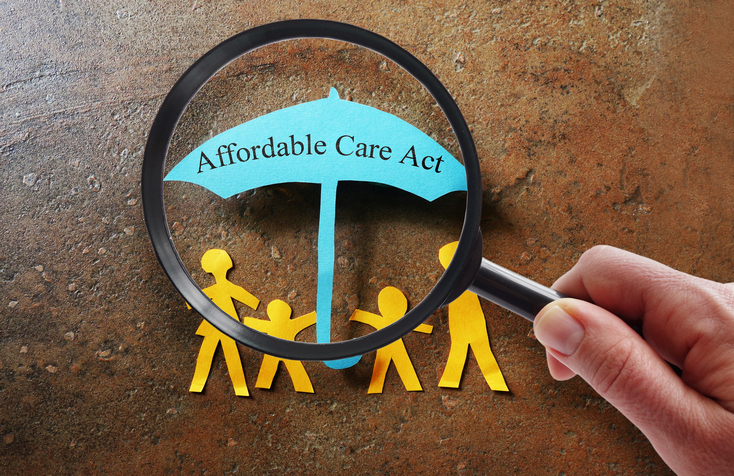
It’s no secret the healthcare industry has rapidly evolved in recent years, fueled by significant medical and technological advancements that have elevated the standard of care. Although the healthcare industry should be proud of its momentum, there’s still work to be done. Hospitals and health systems continue to grapple with core systemic issues that directly impact care quality and patient safety. Preventable harm, which includes medication errors, unsafe surgical procedures, healthcare-associated infections, diagnostic errors, patient falls, patient misidentification and more remains at an all-time high. Despite the progress made in patient safety in the last two decades, medical harm is still a leading cause of death worldwide.
Globally, medical errors are responsible for three million patient deaths per year. Over the course of an hour, 70 hospitalized patients will die or suffer serious injuries due to medical errors and mistakes. These errors are often the result of system or process failures, not a direct reflection of individual healthcare workers’ practices.
This is why addressing preventable harm starts with breaking down the data silos that exist within the healthcare landscape and pulling disparate systems together through connected healthcare operations. Disjointed systems hinder the flow of data and important information critical to preventing similar incidents from recurring in the future. By harnessing actionable data and analytics across all operations, hospitals and health systems can identify risk and build a culture of safety that better serves patients, families, healthcare workers and the organization at large.

With the Rise of AI, What IP Disputes in Healthcare Are Likely to Emerge?
Munck Wilson Mandala Partner Greg Howison shared his perspective on some of the legal ramifications around AI, IP, connected devices and the data they generate, in response to emailed questions.
Disparate systems impede decision-making
The healthcare industry overall has a massive amount of data at its fingertips, and this amount is only expected to grow as technologies continue to advance, the industry innovates and the patient population grows. Healthcare generates 30% of the world’s data and that data doubles every three years. This wealth of information is a gateway to enhancing quality care and patient safety, but with 97% of the available data being unused or disregarded, advancements are being stifled as a result of disconnected operations.
When healthcare operations are not aligned, information is compartmentalized and siloed, hindering health systems’ ability to predict and prevent future safety incidents. To address preventable harm properly and holistically, healthcare organizations need information from across all operations. However, pure access to this data is not enough. Healthcare organizations need the right technology solutions that can take data and turn them into actionable insights, enabling their organization to make safer, better-informed decisions across the board.
The value of connected healthcare operations
Today’s standard operations technologies remain largely disconnected and often fall short of meeting the modern challenges and demands of our healthcare ecosystem. Connecting disparate technologies enables health systems to do more with their data and leverage real-time insights that drive safer patient care. Imagine a system where all backend software operates and communicates consistently and transparently, where information flows from all departments across risk and safety, provider management, compliance and workforce management.
By connecting disparate systems, hospitals and health systems can understand the complete picture, reducing variability and risk and ensuring that every healthcare interaction is as safe and efficient as possible. By improving collaboration across all operations, we can create a stronger, more united culture around patient safety, one that is centered around learning and proactivity.
Take incident reporting, for example — one important piece of the overall system. Proper recording of patient safety incidents is critical to making the right technological and organizational changes to improve safety. Many health systems are effectively operating in the dark as, unfortunately, not all patient safety incidents are recorded. Without knowledge of every patient safety incident within their organization, hospitals and health systems cannot enact efficient and effective change at the systemic level. Leveraging an advanced incident reporting software that not only makes it easier to capture all incident data, but also enables data sharing and the flow of operational insights across all departments, is crucial to achieving safer care.
The future of safer care
In recent years, the topic of safer healthcare has gained more attention in the media, especially with the evolving role of artificial intelligence (AI) in healthcare and the growing conversation around regulations. As hospitals and health systems continue to explore its implementation, we are beginning to see how AI can help break down those data silos and improve efficiencies, serving as an assistive tool to enhance the humans behind our workforce. Referring to the incident reporting example, generative AI can make it easier for healthcare workers to log incidents. In the future, AI and machine learning can be used to help identify trends from incident reports, enabling better prediction and prevention of future events.
As healthcare leaders, we must seize the moment and enact true change to ensure patient safety is always at the forefront. At a national level, we’re already seeing an organized response around leveraging the latest technology to enhance safer care. Recently, a coalition of leading healthcare organizations and experts proposed a new federal board dedicated to patient safety, housed in the Department of Health and Human Services: the National Patient Safety Board (NPSB). The NPSB would focus on developing technology and AI-driven solutions to patient safety issues including medication errors, wrong-site surgeries, errors in pathology labs and issues in transition from acute to long-term care, relieving the burden of data collection at the frontline while also detecting precursors to harm. I’m hopeful there will be a day when holistic prevention of adverse patient events can occur, and a truly connected healthcare system exists.
Patients everywhere deserve great care. Connecting disparate technologies and building a just culture open to tracking, analyzing and learning from adverse events enables health systems to reduce preventable harm and achieve high reliability and prevention.
Photo: Dilok Klaisataporn, Getty Images
Jeff Surges has 30 years of executive experience managing high-growth healthcare technology companies. As the CEO of RLDatix, he is responsible for overseeing and driving the strategic growth of RLDatix across 20+ countries. Throughout his career, Jeff has led multiple public and private companies as a C-suite executive, founder, board member, investor and entrepreneur – a wide range of roles that have given him unique operating experience and deep healthcare industry knowledge. Jeff received a BA from Eastern Illinois University.
















